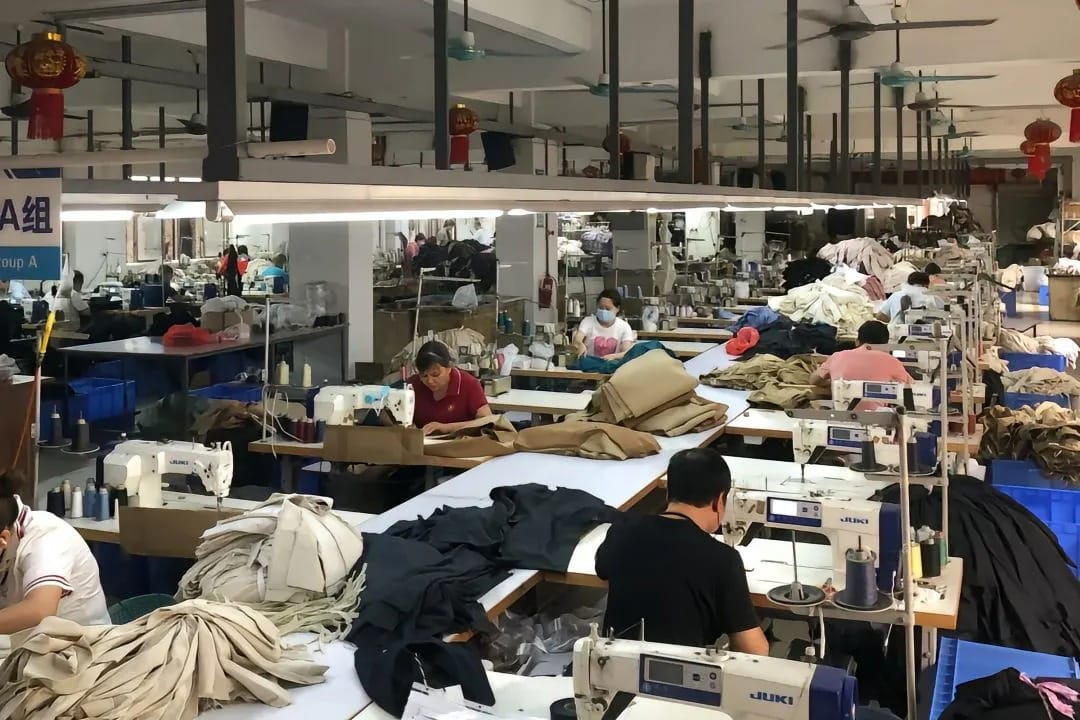
How Chinese Factories Can Overcome the 20% U.S. Tariff Hike
Introduction
The recent 20% tariff hike by the U.S. has put significant pressure on Chinese export-oriented factories, especially those in industries such as lighting, electronics, footwear, toys, furniture, and handicrafts. Many manufacturers in Dongguan, Foshan, and Zhongshan are struggling to cope with rising costs and declining profit margins. So, what can these factories do to survive and thrive in this challenging environment?
- Diversify Target Markets
One of the most effective ways to mitigate the impact of U.S. tariffs is to explore alternative markets. Instead of relying solely on U.S. customers, manufacturers should consider expanding into Europe, Southeast Asia, Africa, and other emerging markets where demand for Chinese products is still strong.
- Increase Product Value and Innovation
Rather than competing solely on price, factories should focus on improving product quality, design, and functionality. By offering high-value and differentiated products, businesses can attract customers who are willing to pay a premium, thereby reducing the impact of tariff-related price increases.
- Adjust Supply Chain and Production Locations
Some manufacturers are shifting part of their production to countries like Vietnam, India, and Mexico, where tariffs on exports to the U.S. are lower. Establishing overseas factories or partnering with local suppliers can help avoid high U.S. import duties.
- Improve Efficiency Through Automation
To counter rising costs, factories are investing in automation and smart manufacturing technologies. Upgrading production lines with robotics and AI-driven systems can enhance efficiency, reduce labor costs, and maintain competitive pricing.
- Flexible Pricing and Customer Negotiation
Businesses should adopt flexible pricing strategies and work closely with clients to share the tariff burden. Long-term partnerships and bulk orders may allow companies to negotiate better terms with buyers, minimizing revenue losses.
- Strengthen Domestic Sales and E-Commerce
With China’s growing middle-class consumer base, domestic sales should not be overlooked. Many traditional exporters are now using e-commerce platforms like Alibaba, JD.com, and TikTok Shop to reach domestic buyers and reduce dependence on foreign markets.
- Optimize Customs and Tariff Compliance
A deep understanding of tariff regulations can help businesses find cost-saving opportunities. Some companies are leveraging free trade agreements, tariff reclassification, and bonded warehouse zones to legally minimize their tax burden.
Conclusion
While the 20% U.S. tariff hike presents a serious challenge, Chinese manufacturers have multiple strategies to adapt and remain competitive. By diversifying markets, increasing product value, optimizing supply chains, and embracing digital transformation, businesses can find new opportunities and emerge stronger from this crisis.
